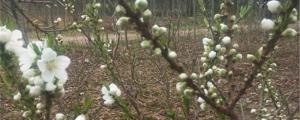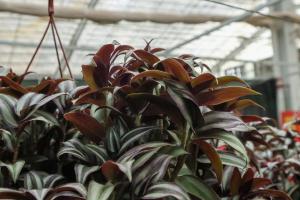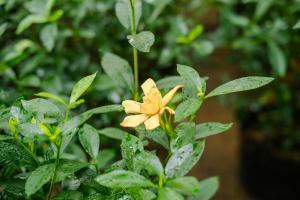When Did California Palm Trees Start Getting Planted?
California is famous for its palm trees. These iconic trees are synonymous with the sunshine state, and are a common sight in parks and on streets throughout the state. But when did these trees first start getting planted in California, and what is their history?
The Early Years
The first palm trees were planted in California by Spanish missionaries in the late 18th century. These trees were brought over from Mexico, where they were a common sight. The missionaries were attracted to the palm tree for its beauty and its religious significance. In the Bible, palm branches were used to welcome Jesus to Jerusalem, and so the missionaries saw the palm tree as a symbol of welcome and hospitality.
The first palm trees were planted in the southern part of California, around San Diego and Los Angeles. These trees were planted in the gardens of the missions, and were also used to line the streets of the towns.
The 20th Century
As California grew in the 20th century, so too did the number of palm trees. The trees were planted throughout the state, both in urban areas and in rural locations. In the cities, palm trees were seen as a symbol of glamour and sophistication, and so were planted on the boulevards of the wealthy neighborhoods. In the countryside, palm trees were used to provide shade in the hot desert regions.
By the 1950s, palm trees had become such an iconic part of California's landscape that they were even used as a marketing tool. Advertisements for hotels, resorts, and other tourist attractions would often feature images of palm trees, in order to entice visitors to come and stay.
Challenges and Controversies
While palm trees are beloved by many in California, they are not without their challenges and controversies. One of the biggest challenges is the cost of maintaining them. Palm trees require regular pruning and maintenance in order to keep them healthy and looking good. The cost of this maintenance can be significant, especially when there are large numbers of trees to be cared for.
Another challenge is the fact that palm trees are not native to California. They are actually not very well-suited to the state's climate, and can be vulnerable to disease and other problems. Some people argue that planting palm trees in California is not sustainable, and that we should be focusing on planting trees that are better adapted to the local climate.
Conclusion
Despite these challenges and controversies, palm trees remain an iconic part of California's landscape. They are a symbol of the state's glamour, hospitality, and beauty, and are beloved by residents and visitors alike. Whether you are lounging under a palm tree on the beach, or driving down a palm-lined street in Hollywood, it's hard not to feel like you are in the heart of California.

 how many times do yo...
how many times do yo... how many planted tre...
how many planted tre... how many pine trees ...
how many pine trees ... how many pecan trees...
how many pecan trees... how many plants comp...
how many plants comp... how many plants can ...
how many plants can ... how many plants and ...
how many plants and ... how many pepper plan...
how many pepper plan...
































